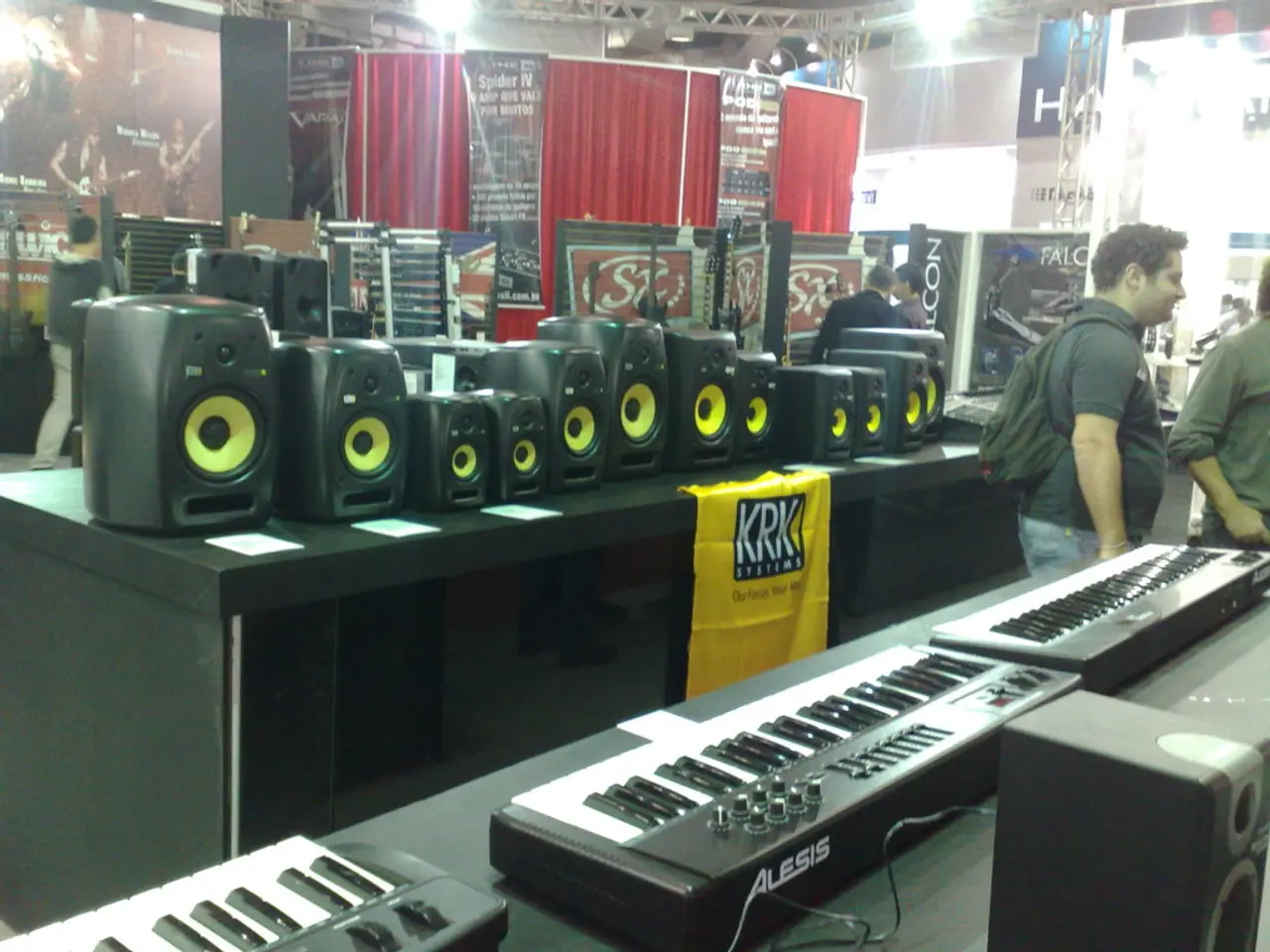The cosmos may theoretically exhibit holographic characteristics, yet it's essentially not a hologram in reality
In the world of theoretical physics, a groundbreaking idea known as the holographic universe theory continues to captivate scientists. First proposed by Juan Maldacena in 1997, this theory suggests a profound connection between gravity and quantum mechanics, where a gravitational universe in an anti-de Sitter (AdS) space is equivalent to a non-gravitational conformal field theory (CFT) on its boundary. This duality, known as the AdS/CFT correspondence, has become a cornerstone for understanding quantum gravity and black hole physics.
However, it's important to note that our real universe does not have the anti-de Sitter geometry but resembles a de Sitter space with a positive cosmological constant and expansion. This means the original AdS/CFT duality does not directly apply to our universe, and ongoing research focuses on extending or generalizing the holographic principle beyond AdS spaces to cosmologies more like ours.
In terms of black hole physics, Maldacena’s holographic principle has reshaped ideas about black hole thermodynamics. The theory hints that fundamental degrees of freedom live on a lower-dimensional boundary, a concept known as the Bekenstein-Hawking entropy paradox. This supports the holographic idea that the 3D (or higher-dimensional) interior is encoded on a 2D surface, fundamentally changing how physicists view spacetime and gravity.
Recent research at Ibaraki University in Japan has provided intriguing evidence supporting Maldacena's theory. The researchers ran two simulations, one of the (hypothetical) properties of a black hole based on string theory, and the other of the "corresponding lower-dimensional cosmos with no gravity." The matching of these simulations suggests that Maldacena's holographic description of a higher-dimensional object may be accurate.
While the holographic universe theory remains a highly influential and active area of research, it is still evolving and lacks direct empirical confirmation in the context of our actual universe. However, scientists are actively seeking indirect signs of holography, such as anomalies in gravitational wave detectors and patterns in the cosmic microwave background radiation.
For those interested in learning more about the holographic universe concept in layman's terms, Universe Today has a good post by Brian Koberlein that is worth a read. The concept is more nuanced than popular media portrayals suggest, and its implications for reconciling gravity with quantum mechanics and understanding black holes are profound.
In summary, the holographic universe theory, centred on Maldacena's AdS/CFT correspondence, is a profound theoretical framework with far-reaching implications. While it does not directly apply to our universe, ongoing research is working to generalize the holographic principle to cosmologies more like ours. The recent research at Ibaraki University provides evidence supporting Maldacena's theory in a specific theoretical situation, offering a promising step forward in understanding the nature of our universe.
| Aspect | Status & Implications | |----------------------------------|---------------------------------------------------------------------------------------------------------------------------| | AdS/CFT correspondence | Well-established mathematical duality linking gravity in AdS spaces with CFT on boundaries, foundational for quantum gravity research and black hole studies. | | Applicability to our universe | Not directly applicable; efforts underway to generalize holography to realistic cosmologies (de Sitter spaces), a major frontier in theoretical physics. | | Black hole physics impact | Provides framework to understand black hole entropy and information paradox; suggests gravity and spacetime emerge from quantum systems on a lower-dimensional boundary. | | Experimental evidence | No direct confirmation yet; indirect signs from gravitational wave detectors and cosmology are being investigated. | | Theoretical evolution | Maldacena’s work spurred broad expansions beyond string theory to quantum spacetime studies, influencing condensed matter theory and quantum gravity broadly. | | Current research | Ongoing research at Ibaraki University provides evidence supporting Maldacena's theory in a specific theoretical situation, offering a promising step forward in understanding the nature of our universe. |
Science continues to delve into the enigmatic realm of the holographic universe theory, exploring the use of technology and simulations to support theories like Maldacena's AdS/CFT correspondence. Research conducted at Ibaraki University in Japan provides intriguing evidence for the theory's accuracy within hypothetical scenarios.




